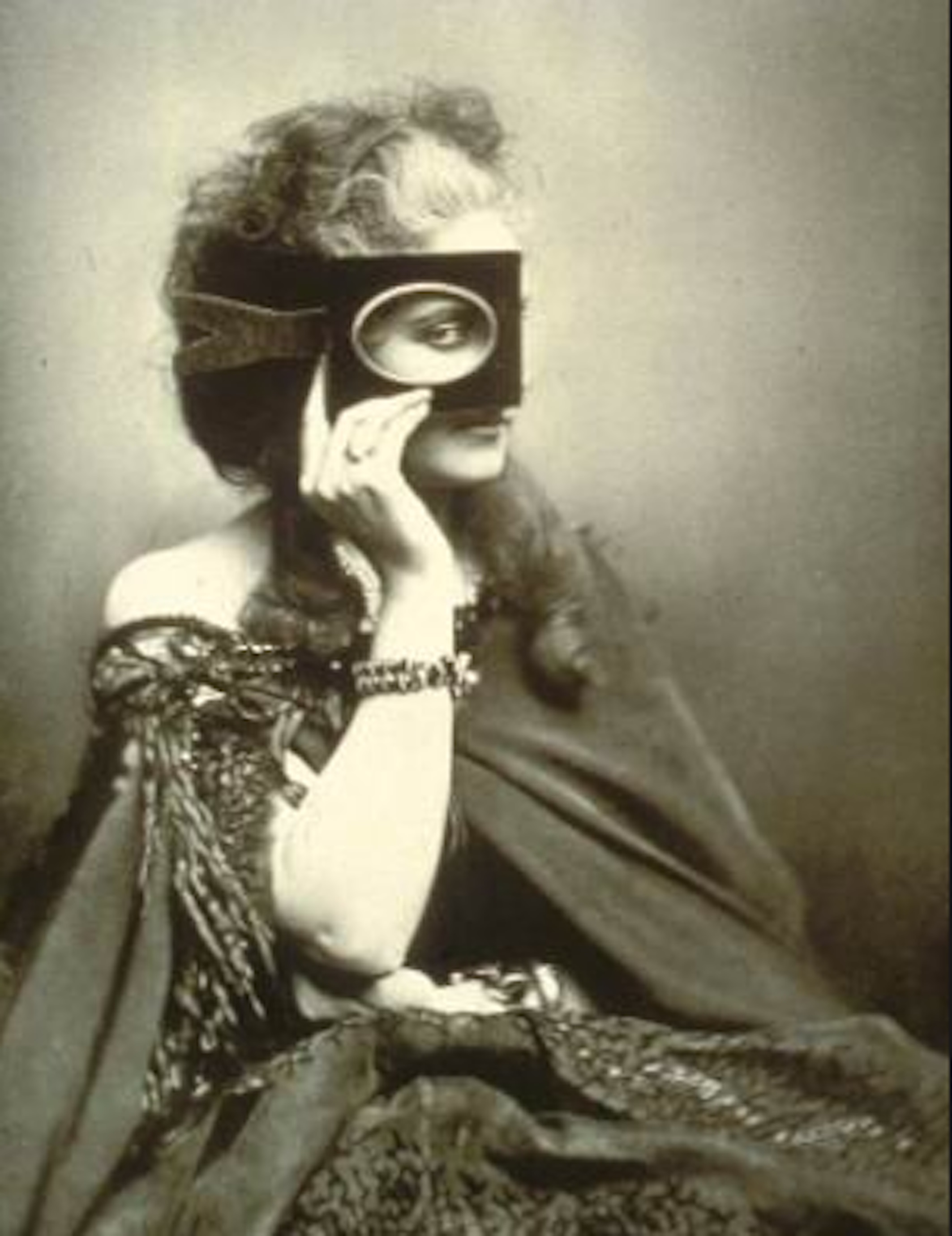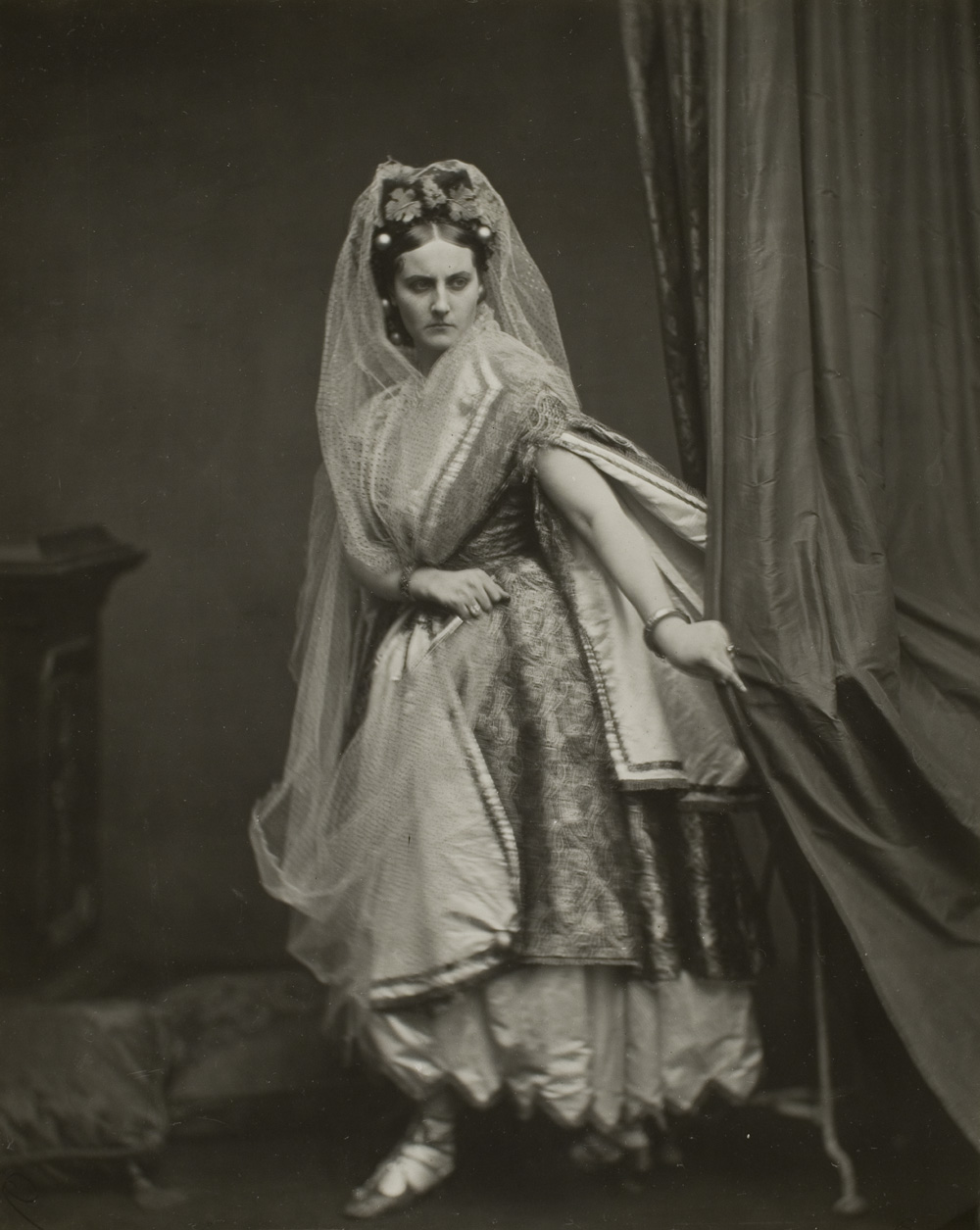Scan barcode
daneekasghost's review against another edition
reflective
slow-paced
- Plot- or character-driven? Character
4.0
arirang's review
4.0
I'm looking up 'exposition' in Trésor de la langue francaise: 'That which is shown in an exhibition. The act of exposing a sensitive surface to rays of light. The act of arranging something in such a way as to place it in view. It is a group of objects presented for viewing. The place where objects are presented for viewing. It is the act of revealing something in speech. It is secretly abandoning a newborn in a place where it is likely to be taken. It is the exhibition of a body on a bier. To run a risk, with a common noun as a subject. To place something on view. The state of that which is on view.'
The wonderful small independent publisher Les Fugitives was formed to publish Suite for Barbara Loden (my review https://www.goodreads.com/review/show/2743791815) translated by co-founder Cécile Menon and Natasha Lehrer from the original by Nathalie Léger. See https://www.lesfugitives.com/about/ and
https://www.bbc.co.uk/programmes/articles/2yJ8b6ZXkKSnWCws1KyBhcs/france-film-and-fugitives-translating-barbara-loden
That book formed the second of what can now be considered as a form of trilogy, this latest translation from Les Fugitives being the first:
'L'exposition' (2008), translated by Amanda DeMarco as 'Exposition' (Les Fugitives 2019)
'Supplément à la vie de Barbara Loden' (2012), translated by Natasha Lehrer & Cécile Menon as Suite for Barbara Loden (Les Fugitives 2015)
'La Robe Blanche' (Gallimard 2018), translated by Natasha Lehrer as 'The White Dress', (Les Fugitives 2020)
Exposition is based around the remarkable 19th figure of the Countess di Castiglione (1837-1899) a legendery beauty and one of the most photographed women of her time, but of her own volition. For 40 years from 1856-1895 she returned to the same Parisian photographer Pierre-Louis Pierson, to have photographs taken often in elaborately staged tableaux of her own design. See https://www.napoleon.org/en/history-of-the-two-empires/paintings/scherzo-di-follia-a-photographic-portrait-of-the-countess-of-castiglione/
The most iconic is perhaps this:

But Léger's book starts with her discovery, in a museum, of this photograph:

She enters. She is roused by anger and reproach. She bursts onto the right of the image as if it were a backdrop masked with curtains. One hand clutches a knife against her waist, which gleams obliquely across her belly. Her face is cold, her mouth thin, lips tight, eyebrows knit, her gaze is clear and hard, her hair is slicked into two little severely parted plaits. The knife, whose handle disappears into her balled fist, vibrates at its very center, nearly absent from it, so white is its blade that it disappears in the luminous satins of her dress. But its tip agitates the exact center of the image, piercing its focal point. As if the fullness of her garments weren’t enough, she grasps the faille silk curtain, pulling it toward her in a strangely chaste gesture. It is not her body she wants to conceal, certainly not, but rather the faux backdrop, overfilled with a tin-plate pedestal table whose foot might invade the image. This woman entering, she wants to kill. Theatrical killing? Yes, no one would doubt it, she is definitely on a stage, pretending to ensure that everything has the semblance of truth. But like any great actress, she is pretending to be pretending. This woman entering, she wants to kill.
In this wonderful extended meditation she muses on The Countess not so much by her life, as by her imagery, a discussion that takes in other icons, including Bert Stern's photoshoot of Marilyn Monroe (https://vocal.media/filthy/marilyn-monroes-last-photoshoot) and links to the author's own family history and photographs:
After the intoxication of her beauty, after the ecstasy, she swilled abjection. I look at the image, 22 x 16.8cm. I don’t know what of it is her and what is me. That is where all of my fear of these photographs comes from, all of my fear of this woman, the horror of being hidden under so many masks and rises, then greedily fused with death.
Recommended.
The wonderful small independent publisher Les Fugitives was formed to publish Suite for Barbara Loden (my review https://www.goodreads.com/review/show/2743791815) translated by co-founder Cécile Menon and Natasha Lehrer from the original by Nathalie Léger. See https://www.lesfugitives.com/about/ and
https://www.bbc.co.uk/programmes/articles/2yJ8b6ZXkKSnWCws1KyBhcs/france-film-and-fugitives-translating-barbara-loden
That book formed the second of what can now be considered as a form of trilogy, this latest translation from Les Fugitives being the first:
'L'exposition' (2008), translated by Amanda DeMarco as 'Exposition' (Les Fugitives 2019)
'Supplément à la vie de Barbara Loden' (2012), translated by Natasha Lehrer & Cécile Menon as Suite for Barbara Loden (Les Fugitives 2015)
'La Robe Blanche' (Gallimard 2018), translated by Natasha Lehrer as 'The White Dress', (Les Fugitives 2020)
Exposition is based around the remarkable 19th figure of the Countess di Castiglione (1837-1899) a legendery beauty and one of the most photographed women of her time, but of her own volition. For 40 years from 1856-1895 she returned to the same Parisian photographer Pierre-Louis Pierson, to have photographs taken often in elaborately staged tableaux of her own design. See https://www.napoleon.org/en/history-of-the-two-empires/paintings/scherzo-di-follia-a-photographic-portrait-of-the-countess-of-castiglione/
The most iconic is perhaps this:

But Léger's book starts with her discovery, in a museum, of this photograph:

She enters. She is roused by anger and reproach. She bursts onto the right of the image as if it were a backdrop masked with curtains. One hand clutches a knife against her waist, which gleams obliquely across her belly. Her face is cold, her mouth thin, lips tight, eyebrows knit, her gaze is clear and hard, her hair is slicked into two little severely parted plaits. The knife, whose handle disappears into her balled fist, vibrates at its very center, nearly absent from it, so white is its blade that it disappears in the luminous satins of her dress. But its tip agitates the exact center of the image, piercing its focal point. As if the fullness of her garments weren’t enough, she grasps the faille silk curtain, pulling it toward her in a strangely chaste gesture. It is not her body she wants to conceal, certainly not, but rather the faux backdrop, overfilled with a tin-plate pedestal table whose foot might invade the image. This woman entering, she wants to kill. Theatrical killing? Yes, no one would doubt it, she is definitely on a stage, pretending to ensure that everything has the semblance of truth. But like any great actress, she is pretending to be pretending. This woman entering, she wants to kill.
In this wonderful extended meditation she muses on The Countess not so much by her life, as by her imagery, a discussion that takes in other icons, including Bert Stern's photoshoot of Marilyn Monroe (https://vocal.media/filthy/marilyn-monroes-last-photoshoot) and links to the author's own family history and photographs:
After the intoxication of her beauty, after the ecstasy, she swilled abjection. I look at the image, 22 x 16.8cm. I don’t know what of it is her and what is me. That is where all of my fear of these photographs comes from, all of my fear of this woman, the horror of being hidden under so many masks and rises, then greedily fused with death.
Recommended.
More...